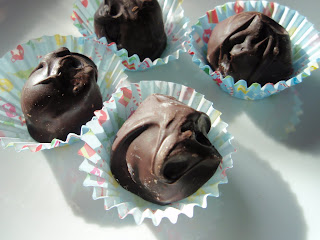
At eleven in the morning on November 11, 1918 the guns fell silent on the battlefields of Europe. When I was in school we stood at our desks for a minute of silence on that day at that hour in honor of all who contributed to making America safe and secure.
Today I will remember those valiant soldiers, homemakers, and soldiers of the soil as I make WWI wheat-saving bread. "Food Will Win the War" was the watchword. People grew war gardens, put up enough food to last for two years, skimped on sugar and fats and had wheatless and meatless days. The result -- a 250% increase in the export of vital foods to our Allies from savings in every kitchen in the country.

This picture from the Minnesota Historical Society Visual Database shows farm girls demonstrating the proper way to make War Bread at the Minnesota State Fair. The recipe, like the one below, was created by the University of Minnesota home economics department as a way to cut the amount of wheat used in bread so this important grain could be shipped overseas.
In the end, this was not the "war to end all wars." The nation's WWI experiences propelled America to world leadership. It is worth pausing to remember that dedication to peace and goodwill to all














